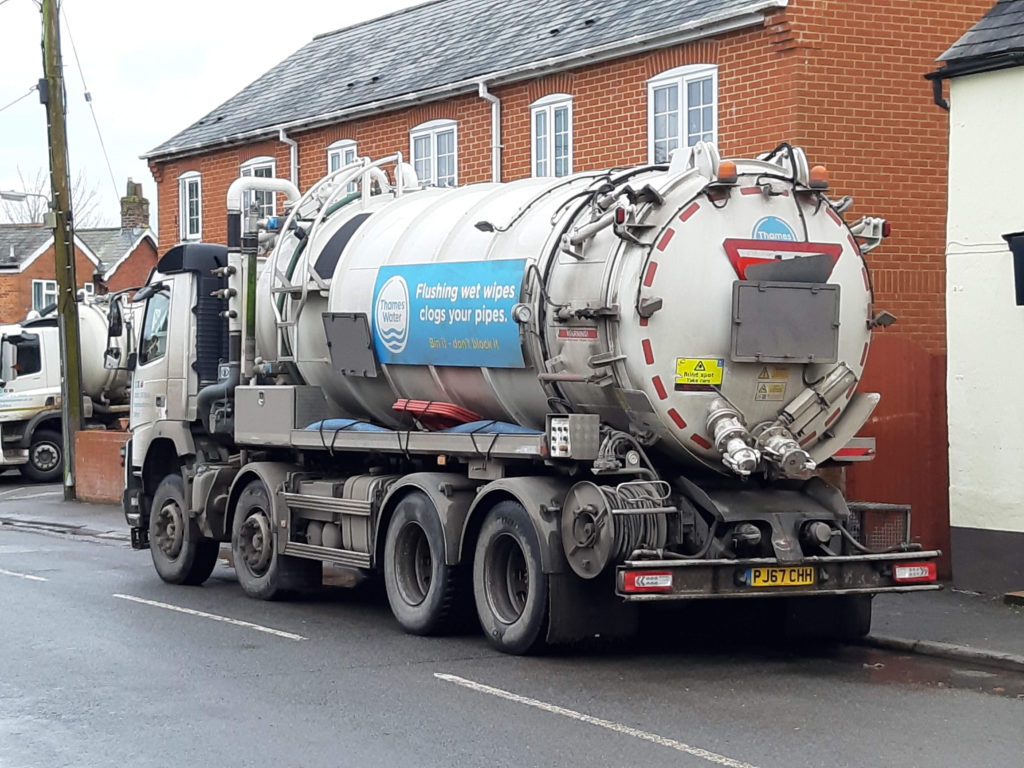Thames Water – Petition Response: Lambourn Valley Sewage Spills

Thames Water has responded swiftly to the 1000+ signature petition which was submitted late last week. Here is the response from Tessa Fayers, Director of Operations, Thames Valley & Home Counties
Dear Petitioner
We recognise the impact our sewers are having on the residents of the Lambourn Valley and the desire to see improvements to the infrastructure here. We have received many contacts from residents reporting flooding and sadly some residents have also lost the use of their facilities at times. This is undoubtably a terrible situation. However, residents can be assured that their reports are not falling upon deaf ears and, whilst it has been a challenge to respond to all reports, we have made every effort to ensure that each one is investigated thoroughly.
Groundwater levels in the Valley have risen significantly since November 2023. This is known to cause significant problems as, when the groundwater level rises, it does so to a level which causes infiltration in the underground pipes and chambers. This is problematic as the groundwater then passes through the same pipes and pumping stations as our normal flows which causes them to become overwhelmed.
This is not a new or unusual phenomenon, as all pipes are subject to a level of infiltration. However, the groundwater levels this year have been similar to the levels in 2014, which was the wettest winter on record at the time and caused similar issues in the Valley. In 2020, we launched an investigation to identify areas with the greatest risk of high ground water, where there is potential for it to enter the sewers. This was the first stage in a long-term plan to manage the impact of groundwater on our infrastructure, known as a “Ground Water Impacted System Management Plan” or “GISMP”
It is a live plan that is updated annually, as our understanding of the risk develops. To date, our approach has been to categorise our assets by risk of groundwater infiltration, with a focus on reinforcing the high-risk assets and sealing them against infiltration, by way of sewer lining. You can read the latest version on our website here:
In September 2023 we started monitoring groundwater levels due to experiencing a wet summer and groundwater levels showing signs of rising earlier than usual.
Following above average rainfall in September, we prepared the ‘Temporary Discharge Authorisation’ documents to inform the Environment Agency ahead of us deploying the filter unit in Lambourn, we later also submitted a ‘Temporary Discharge Authorisation’ for a new location in East Garston.
In November, groundwater levels had risen by 2.2m over a 7-day period and it was reported that the river level had also risen 2m in the same period. From mid-November two tankers were deployed to East Garston to help manage flows. In December 2023, the filter unit at Newbury Street, Lambourn, was switched on with additional support tankering deployed to a pumping station in the Upper Lambourn & Lambourn sub catchment.
In January 2024, Storm Henk occurred, and this exacerbated the groundwater, surface water and river flooding in the area. Three further tankers were deployed at Eastbury sewage pumping station and an additional two tankers deployed in Great Shefford.
We have been conducting clean ups on Newbury St and Oxford Road in Lambourn and the bridle path in Upper Lambourn and our Customer Reps are out every week to speak with residents and monitor the situation on the ground.
The impact to the River Lambourn has been monitored throughout. As part of an agreement with the Environment Agency, we undertook water quality tests prior to switching on the filter units and continue to test every other day. The results are shared with the agency as part of a weekly update. In addition, we meet with the local EA officer monthly to discuss progress and any changes required. To date, feedback has been positive with actions focused on clean ups around the spilling chambers and a foliage cut back of a culvert at the Fire Station in Lambourn.
Going forward we will work in partnership with West Berks Council and the Environment Agency to share learning from this winter and understand what more can be done in the short-term to prevent Groundwater flooding in the Lambourn Valley and how we can continue to undertake work to protect our sewers from the effects of this flooding.
We will continue to monitor and investigate the sewers to identify further points of ingress and we have already commenced “lift and look” investigations in the area. This information will be used to update the GISMP and validate the lengths identified for lining. This will help us to develop a future programme of lining and sealing of the sewers, to reduce the impact of groundwater on them.
Finally, we will continue to work with the newly formed Sewage Action Group for the Lambourn Upper Valley (SAGLUV), to provide regular updates and receive feedback which we can implement to support future incidents.
Should you wish to provide feedback into the group, please contact the nominated SAGLUV representative for your village, whose details you will find on your Parish Council website.
We appreciate the continued support of all stakeholders in the region and remain committed to improving this challenging situation.
Yours sincerely
Tessa Fayers
Director of Operations – Thames Valley & Home Counties




